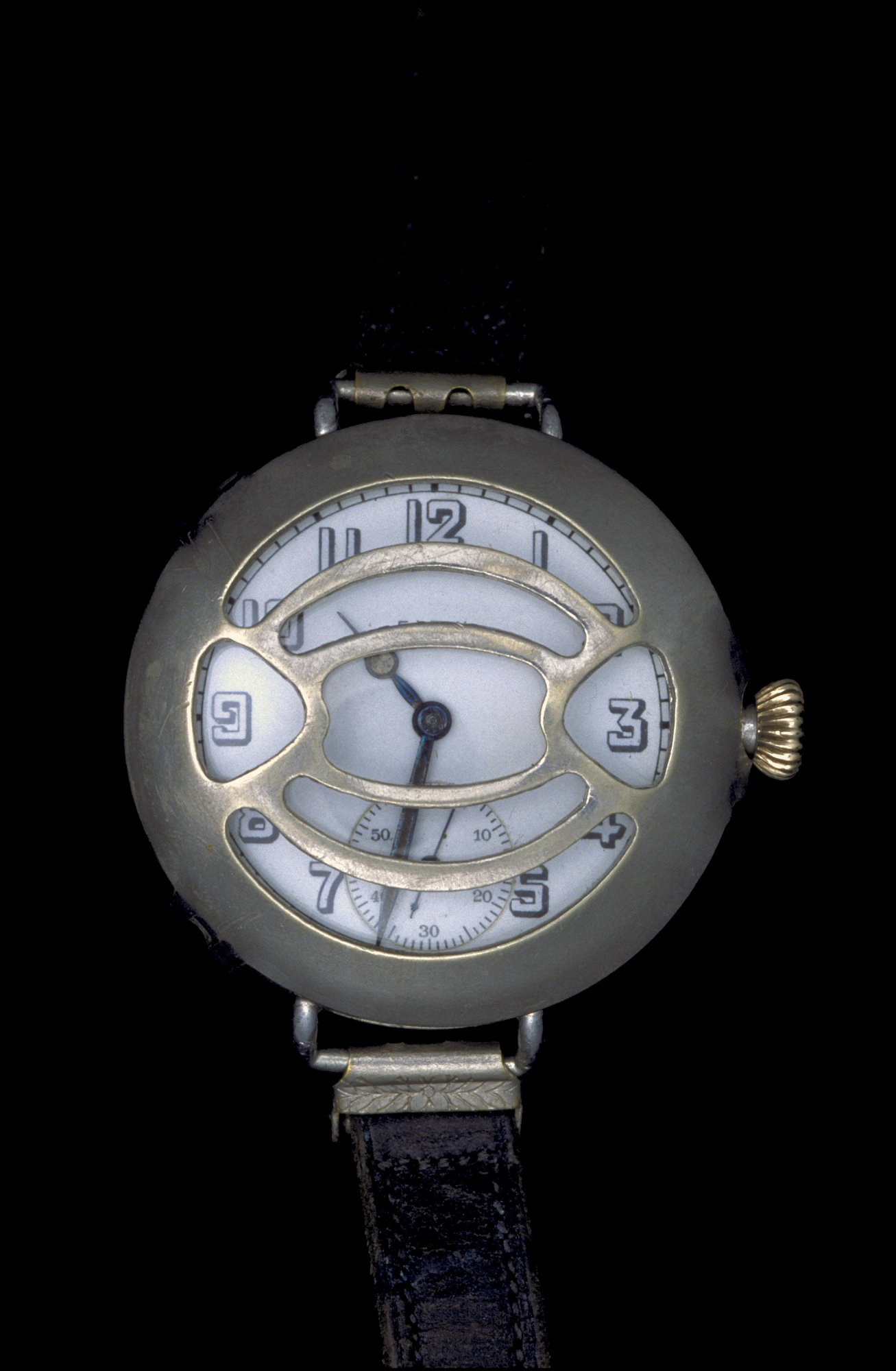
If necessity is the mother of invention, it stands to reason that the life-and-death situations of war have often provoked more than their fair share of light-bulb moments. Such ideas and items are later associated with everyday peacetime life, but their origins are on the battlefield.
In light of the 100th anniversary of America entering World War I on April 6, 1917, TIME has compiled some of the most surprising innovations that came out of U.S. involvement in what has been called the first real technology war, with the help of Doran Cart, senior curator at the National World War I Museum and Memorial in Kansas City, Mo.
Kotex and Kleenex
As battlefield injuries grew, the cotton supply shrunk. The company Kimberly-Clark developed a substitute made from wood pulp and dubbed it Cellucotton. The new material was pitched to the U.S. surgeon general as a substitute for cotton surgical dressing for war wounds and as a filter in gas masks. Two employees developed the material after visiting European pulp and paper mills in 1914 and seeing that manufacturers overseas were using processed pulp to make something that could stand in for cotton.
During the war, the company claims it produced 380 to 500 feet of Cellucotton per minute, according to the company. Red Cross nurses started using the new material as sanitary pads during their menstrual periods, ditching the old-fashion diaper-like flannel products that American women typically washed and reused, according to The Curse, A Cultural History of Menstruation. Post-war, Kimberly-Clark had to figure out what to do with the surplus of Cellucotton that was left over, which the company had bought back from the government. After hearing about how the nurses were using it, they made a version to sell to consumers. It was hand-produced and sold in 1920 at 60 cents per 12-pack — making it the company’s first consumer product: Kotex sanitary napkins.
Then researchers figured out another use for the invention. They ironed out heavyweight material into thin sheets, tweaking the ingredients and using different pups to produce a thinner, softer tissue that became known as Kleenex — which likely took its name from its ability to clean, “while the capital ‘K’ and the ‘ex’ ending were adopted from Kotex, which had been introduced four years earlier,” according to the company.
Wristwatches
Uniforms for soldiers on the battlefield had to hold so many things that pocket watches lost their places. The solution was to adopt something that might have previously made troops turn up their noses. “[Wristwatches] existed before the war, but they were primarily worn by women because they were seen as jewelry,” says Cart.
A watch for battle needed to be fairly large with luminous dials that could be seen in the dark. One example of such a timepiece, made by the Elgin National Watch Company of Elgin, Ill., is in the collection of the Smithsonian’s National Museum of American History. The white numbers are covered in the radioactive substance radium so that they glow in the dark, while a shrapnel guard protects the fragile dial. Wristwatches were used to synchronize movements of artillery and tanks (another invention of World War I, originally designed for agricultural use but then outfitted with armor and guns to transport soldiers across the muddy no man’s land).
Meatless sausages
These were one of the many substitutes concocted by Germans amid food shortages due to British blockades, which also included using sawdust to make bread and dyed strips of newspaper for clothes, according to Cart.
Konrad Adenauer, the mayor of Cologne (who would later be elected Chancellor of Germany after World War II) invented a vegetarian sausage made from soy, flour, corn, barley and ground rice that became known as “Kölner Wurst” or “Cologne sausage.” It did not catch on much in Germany after the war because it wasn’t as flavorful as the meat version, but such meat substitutes are now common in the American diet.
Plastic surgery
In light of the number and magnitude of wounds that resulted in facial disfiguration among World War I troops, doctors developed eye, ear, nose and jaw reconstruction procedures. (Previously, those who suffered such wounds would have been confined to wearing a mask.) Harold Gillies and Henry Pickerill were two of these doctors, who served victims from Great Britain and New Zealand at Queen Mary’s Hospital at Sidcup, Kent. It was Gillies’ idea to use patients’ own tissue to reduce the risk that the body would reject the skin graft. He published the textbook Plastic Surgery of the Face in 1920.
More Must-Reads from TIME
- Donald Trump Is TIME's 2024 Person of the Year
- Why We Chose Trump as Person of the Year
- Is Intermittent Fasting Good or Bad for You?
- The 100 Must-Read Books of 2024
- The 20 Best Christmas TV Episodes
- Column: If Optimism Feels Ridiculous Now, Try Hope
- The Future of Climate Action Is Trade Policy
- Merle Bombardieri Is Helping People Make the Baby Decision
Write to Olivia B. Waxman at olivia.waxman@time.com